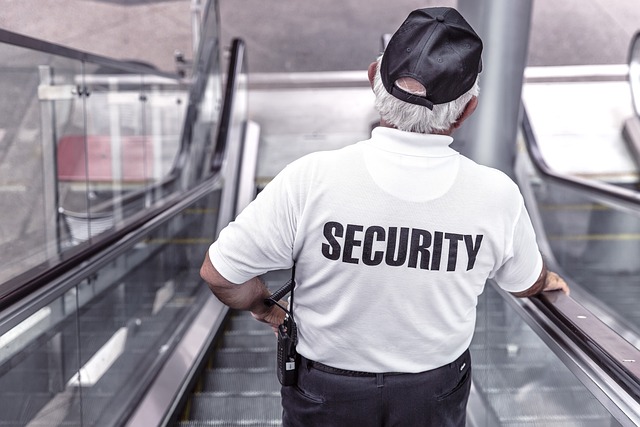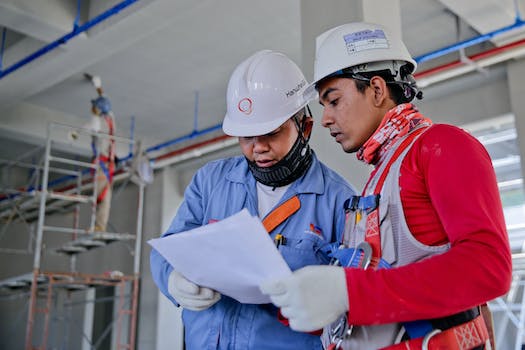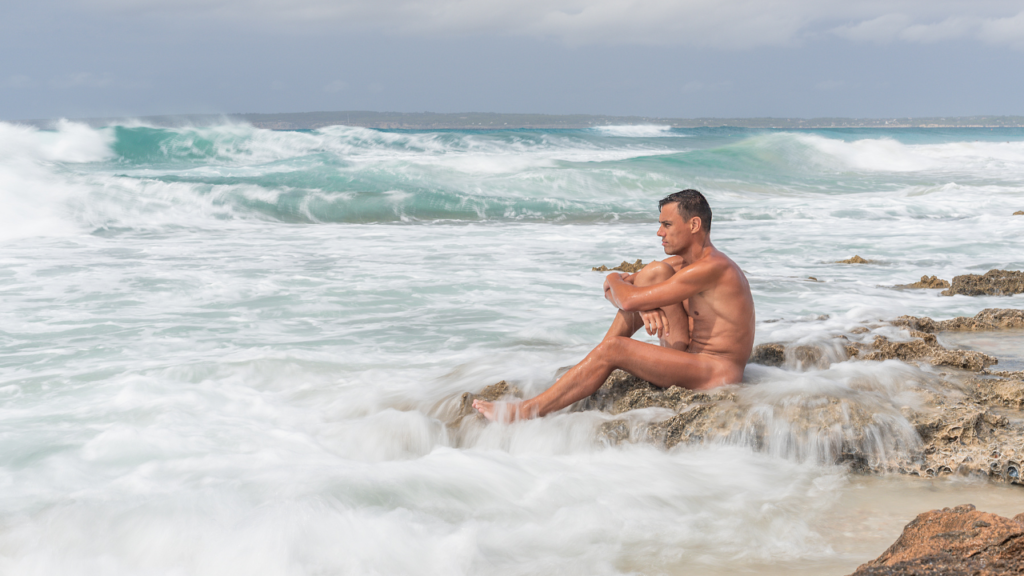-
Table of Contents
- How National Parks are Adapting to Extreme Heat: Strategies for Keeping Visitors Safe
- The Benefits of Heat-Related Safety Protocols in National Parks
- How National Parks are Educating Visitors on Heat-Related Safety
- The Role of Technology in Enhancing Visitor Safety in National Parks During Extreme Heat
- Q&A
“Stay Cool and Safe: National Parks’ Commitment to Protecting Visitors in Hot Weather.”
As the summer months approach, many people are looking forward to visiting their favorite national parks. However, extreme heat can pose a serious risk to visitors, and it is important for national parks to take steps to ensure visitor safety. This article will discuss the efforts that national parks are taking to ensure visitor safety in extreme heat, including providing adequate shade, offering educational programs, and providing access to medical care. By taking these steps, national parks can help ensure that visitors have a safe and enjoyable experience.
How National Parks are Adapting to Extreme Heat: Strategies for Keeping Visitors Safe

As the climate continues to change, extreme heat is becoming more and more common in national parks. This can be dangerous for visitors, so it’s important for parks to take steps to keep them safe. Here are some of the strategies that national parks are using to adapt to extreme heat:
1. Educating Visitors: National parks are providing visitors with information about the dangers of extreme heat and how to stay safe. This includes advice on when to avoid strenuous activities, how to stay hydrated, and what to wear.
2. Providing Shade: Parks are installing more shade structures, such as umbrellas and tents, to provide relief from the sun. They’re also planting more trees and shrubs to create natural shade.
3. Offering Cooling Centers: Parks are setting up cooling centers where visitors can take a break from the heat. These centers typically have air conditioning, water, and other amenities.
4. Limiting Activities: Parks are limiting or canceling activities that involve strenuous physical activity during extreme heat. This includes hikes, bike rides, and other outdoor activities.
5. Monitoring Conditions: Parks are monitoring weather conditions and issuing warnings when necessary. This helps visitors plan their trips and stay safe.
By taking these steps, national parks are helping to keep visitors safe during extreme heat. It’s important to remember that extreme heat can be dangerous, so it’s important to follow the advice of park staff and take precautions when visiting a national park.
The Benefits of Heat-Related Safety Protocols in National Parks
Heat-related safety protocols are essential for national parks, as they help protect visitors and staff from the dangers of extreme heat. Heat-related illnesses, such as heat exhaustion and heat stroke, can be serious and even deadly. Fortunately, there are a number of safety protocols that can be implemented to help reduce the risk of heat-related illnesses.
One of the most important safety protocols is to ensure that visitors and staff are properly hydrated. This means providing plenty of water and other hydrating beverages, such as sports drinks, throughout the park. It’s also important to remind visitors to drink plenty of fluids, even if they don’t feel thirsty.
Another important safety protocol is to provide shade and other cooling areas throughout the park. This can include shaded areas, misting stations, and air-conditioned buildings. These areas can provide a much-needed respite from the heat and can help prevent heat-related illnesses.
It’s also important to provide visitors with information about the dangers of heat-related illnesses. This can include signs, pamphlets, and other materials that explain the symptoms of heat exhaustion and heat stroke, as well as what to do if someone is experiencing these symptoms.
Finally, it’s important to ensure that visitors and staff are aware of the dangers of heat-related illnesses and are taking the necessary precautions to stay safe. This can include wearing light, loose-fitting clothing, avoiding strenuous activities during the hottest parts of the day, and taking frequent breaks in the shade or other cooling areas.
By implementing these safety protocols, national parks can help ensure that visitors and staff stay safe and healthy during the hot summer months.
How National Parks are Educating Visitors on Heat-Related Safety
As the summer months approach, it’s important to be aware of the dangers of heat-related illnesses. National parks are taking steps to educate visitors on how to stay safe in the heat.
At many parks, rangers are providing visitors with information on how to recognize the signs of heat exhaustion and heat stroke. They are also offering tips on how to stay cool and hydrated, such as wearing light-colored clothing, drinking plenty of water, and taking frequent breaks in the shade.
In addition, many parks are installing water fountains and misting stations to help visitors stay cool. Some parks are even offering free sunscreen and hats to help protect visitors from the sun’s rays.
Finally, many parks are providing educational programs to teach visitors about the dangers of heat-related illnesses. These programs often include interactive activities, such as hikes and scavenger hunts, to help visitors learn about the importance of staying cool and hydrated.
By taking these steps, national parks are helping to ensure that visitors stay safe and healthy during their visits. So, if you’re planning a trip to a national park this summer, be sure to take advantage of the educational programs and safety tips offered by park rangers.
The Role of Technology in Enhancing Visitor Safety in National Parks During Extreme Heat
As the climate continues to change, extreme heat is becoming an increasingly common occurrence in national parks. This can be a serious safety hazard for visitors, as heat-related illnesses can be life-threatening. Fortunately, technology can be used to help enhance visitor safety in national parks during extreme heat.
One way technology can help is by providing real-time weather updates. This can be done through the use of sensors that measure temperature, humidity, and other environmental factors. This data can then be used to create an alert system that notifies visitors when the temperature reaches a certain threshold. This can help visitors plan their activities accordingly and avoid overexertion in extreme heat.
Another way technology can help is by providing access to hydration stations. These stations can be equipped with sensors that measure the temperature and humidity of the air. When the temperature reaches a certain threshold, the station can automatically dispense cold water to visitors. This can help ensure that visitors stay hydrated and avoid heat-related illnesses.
Finally, technology can be used to provide visitors with access to shade. This can be done through the use of sensors that measure the amount of sunlight in a given area. When the sunlight reaches a certain threshold, the sensors can trigger the deployment of shade structures, such as umbrellas or tents. This can help visitors stay cool and avoid overexposure to the sun.
In conclusion, technology can be used to help enhance visitor safety in national parks during extreme heat. By providing real-time weather updates, access to hydration stations, and access to shade, technology can help ensure that visitors stay safe and healthy during their visit.
Q&A
1. What measures do National Parks take to ensure visitor safety in extreme heat?
National Parks take a variety of measures to ensure visitor safety in extreme heat, including providing shade and water stations, monitoring weather conditions, and issuing heat advisories. They also provide educational materials about the dangers of heat-related illnesses and encourage visitors to take frequent breaks in shaded areas. Additionally, they may limit certain activities or close certain areas during extreme heat.
2. What should visitors do to stay safe in extreme heat?
Visitors should take precautions to stay safe in extreme heat, such as drinking plenty of water, wearing light-colored and loose-fitting clothing, and avoiding strenuous activities during the hottest part of the day. They should also take frequent breaks in shaded areas and monitor their own physical condition for signs of heat-related illnesses.
3. What are the signs of heat-related illnesses?
The signs of heat-related illnesses include dizziness, nausea, headache, rapid heartbeat, and confusion. If any of these symptoms are present, visitors should seek medical attention immediately.
4. What should visitors do if they experience heat-related illness?
If visitors experience heat-related illness, they should seek medical attention immediately. They should also move to a cooler area, drink plenty of fluids, and rest until they feel better.National Parks have taken great strides to ensure visitor safety in extreme heat. They have implemented a variety of strategies, such as providing shade, water, and educational materials, to help visitors stay safe and healthy. Additionally, they have implemented policies to limit the number of visitors in extreme heat and have increased their emergency response capabilities. These efforts demonstrate the commitment of National Parks to the safety and well-being of their visitors.
![]()










